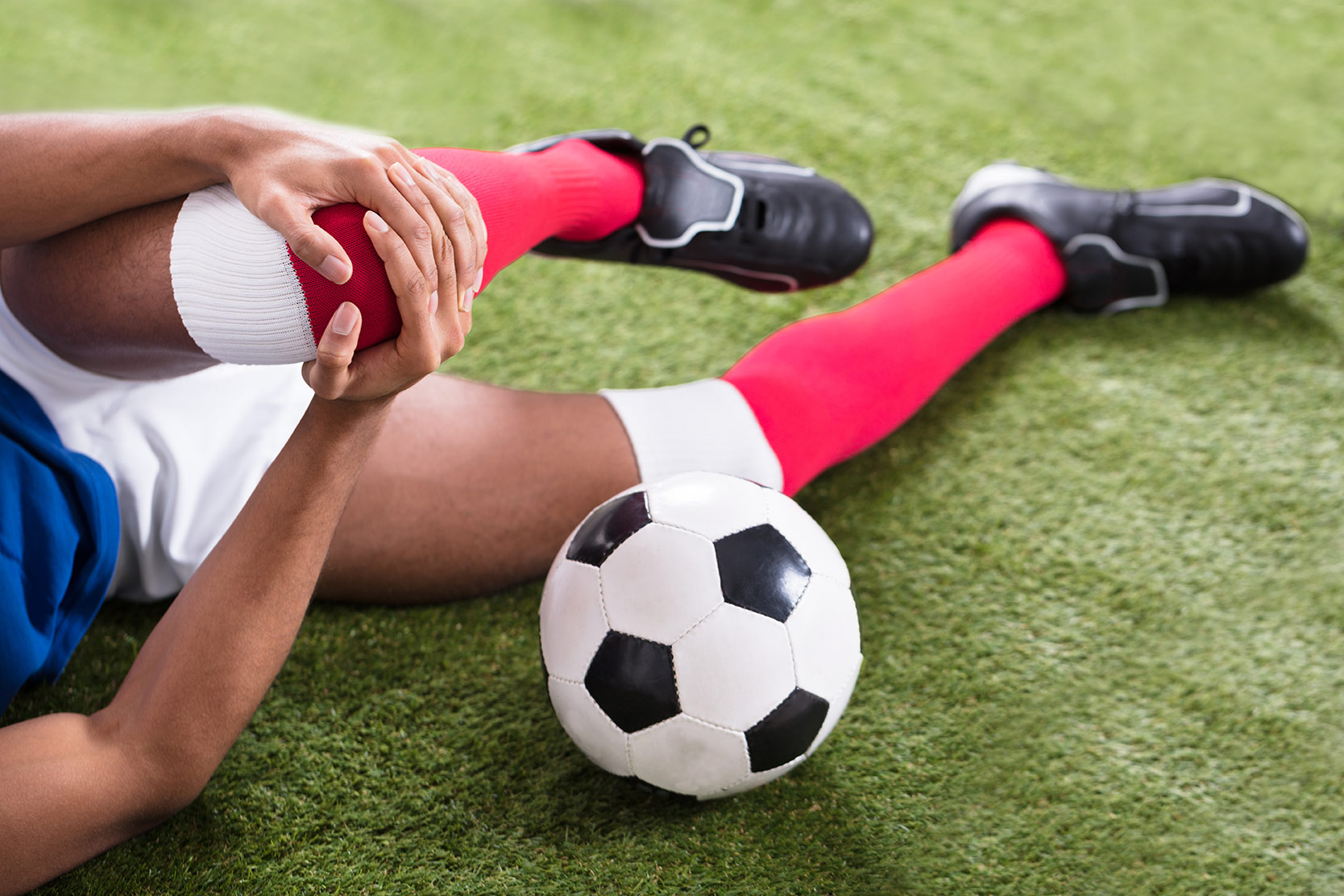Engaging in sports and physical activities can bring immense joy and numerous health benefits to people of all ages.
However, it’s essential to know that sports injuries are unfortunate for many athletes and active individuals, and most athletes will experience at least a minor sports injury in their pursuit of playing the game they love. The good news is that there are effective ways to lower your risk of developing a sports injury.
Whether you’re a professional athlete or a weekend sports warrior, understanding common sports injuries and their treatment options is essential for sports injury prevention and identification on and off the field (or court!).
In this blog post, we will explore some common sports injuries, discuss sports injury treatment methods, and emphasize the role of urgent care for such injury management.
Continue reading to learn more.
Common Sports Injuries
Sports injuries can vary in severity and affect different parts of the body.
Here are some of the most common sports injuries you or your loved one should be aware of if active in sports:
Sprains and Strains
Sprains occur when ligaments are stretched or torn, while strains refer to the stretching or tearing of muscles or tendons. Ankle sprains and hamstring strains are the most frequently seen sports injuries.
Fractures
Sports-related fractures can result from direct impact, repetitive stress, or overuse. Common sports fractures include broken bones in the arms, legs, fingers, and toes.
Knee Injuries
The knee is susceptible to various injuries, such as anterior cruciate ligament (ACL) tears, meniscus tears, and patellofemoral syndrome.
Shoulder Injuries
Athletes in throwing sports, such as softball or baseball, often experience shoulder injuries, including rotator cuff tears, dislocations, and labral tears.
Concussions
Head injuries, particularly concussions, are prevalent in contact sports like football. Prompt evaluation and appropriate management are crucial to prevent long-term complications.
Sports Injury Treatment
The treatment approach for sports injuries depends on the type and severity of the injury.
While treatment methods vary from person to person, some common sports injury treatments include:
The RICE Method
This common method, “rest, ice, compression, and elevation,” involves resting the injured area and is often the first step in the healing process.
Applying ice packs and compression bandages can also help reduce swelling and inflammation in the early stages of injury.
Elevating the injured limb or joint above heart level can also help minimize swelling and promote healing.
Along with RICE, Immobilization through the use of braces, slings, or casts may be necessary for specific injuries.
Physical Therapy
Rehabilitation exercises and physical therapy are vital in restoring strength, flexibility, and range of motion after an injury. They can also help prevent future injuries through targeted conditioning programs.
Medications
Over-the-counter pain relievers like acetaminophen or nonsteroidal anti-inflammatory drugs (NSAIDs) can help manage pain and reduce inflammation.
Visiting Urgent Care for Sports Injuries
Prompt medical attention is crucial for accurate diagnosis and appropriate and timely treatment when a sports injury occurs.
Urgent care centers can provide convenient care for various sports injuries.
Some of the most important reasons to consider urgent care for sports injuries include:
Immediate Evaluation– Urgent care centers offer on-site evaluation, including physical examinations and diagnostic tests like X-rays, to assess the extent of the injury.
Expertise and Referrals– On-site providers have experience diagnosing and treating sports injuries. They can provide guidance on appropriate treatment options and refer patients to specialists if needed.
Availability of Minor Procedures– Urgent care centers are equipped to perform minor procedures, such as wound suturing or splinting, to stabilize injuries and facilitate healing, often faster than emergency rooms and primary care physicians.
Sports Injury Prevention
While identifying and treating sports injuries is crucial for athletes of all skill levels and abilities, preventing them is always the best option for long-term health and longevity.
Here are some preventive measures athletes can take:
Warm-up and Stretching– Before physical activity, warming up and stretching helps prepare the muscles, tendons, and ligaments for exertion and reduce the risk of injury.
Utilizing Proper Technique– Using correct form and technique while playing sports can help minimize the risk of overuse injuries and strain.
Wearing Protective Gear– Appropriate protective gear, such as helmets, pads, and mouthguards, can significantly reduce the risk of head, joint, and dental injuries.
Regular Conditioning and Strength Training– Maintaining overall fitness and strength, including targeted conditioning exercises, can enhance performance and reduce the likelihood of injuries.
Timely Treatment for Common Sports Injuries at State Urgent Care
Sports injuries are common, but understanding their nature and treatment options can help athletes and active individuals navigate the road to recovery.
If you or a loved one has sustained a sports injury, we can help.
From minor strains and sprains to concussions and broken bones, our compassionate and experienced team can provide the timely and effective care you need now.
We are open 7 days a week with no appointments needed. Walk in today to get treated for your sports-related injury.

